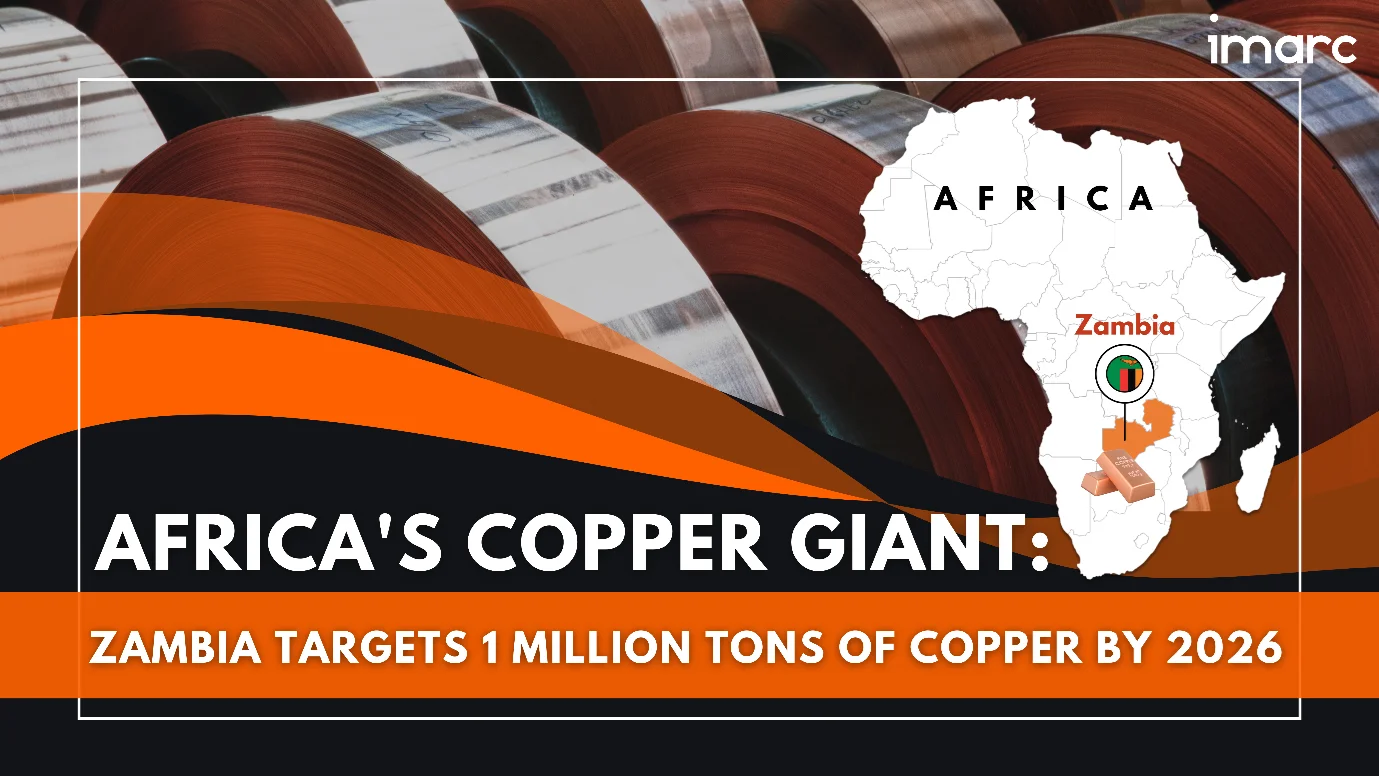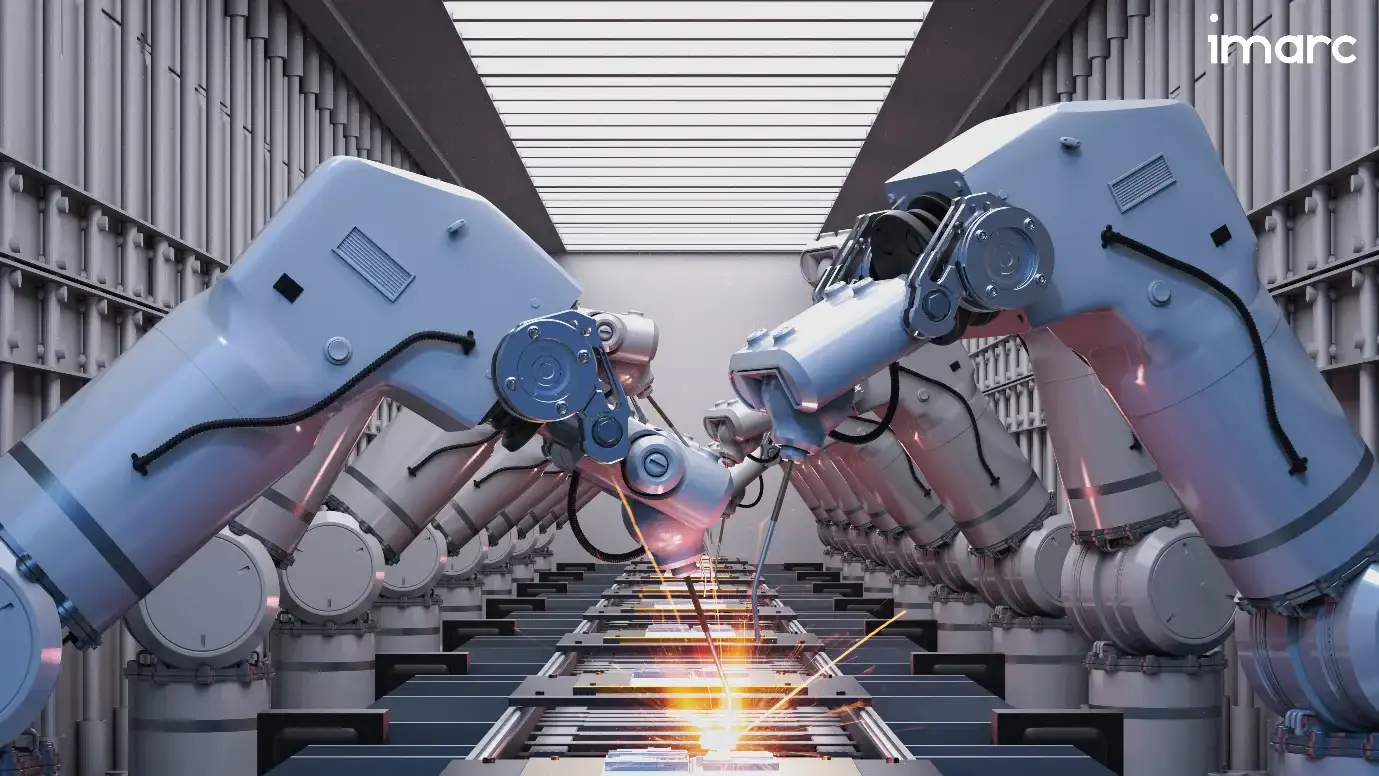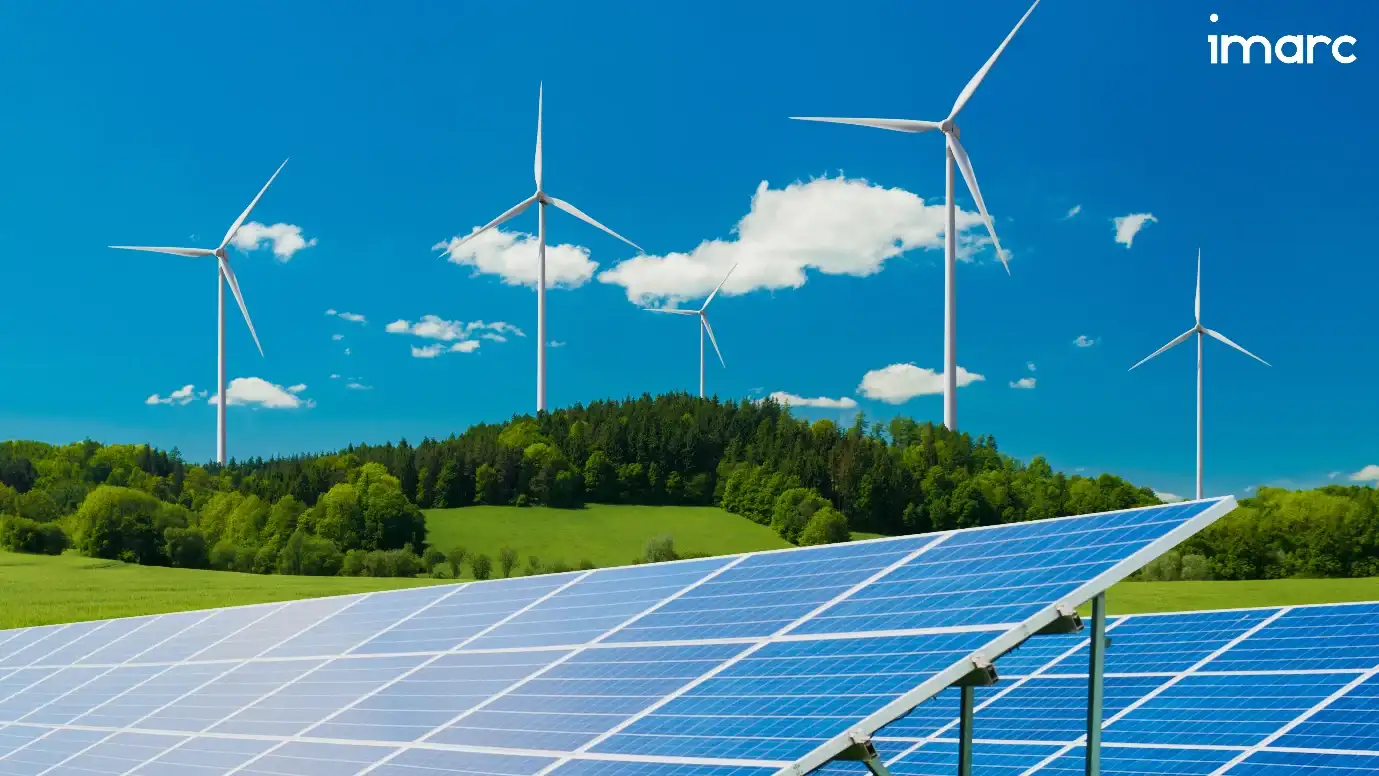Africa's Copper Giant: Zambia Targets 1 Million Tons of Copper by 2026

Copper is an essential material in electrical wiring, electronics, and heating systems. It is also highly ductile and malleable, allowing it to be easily shaped and drawn into thin wires. Additionally, copper possesses antimicrobial properties, making it useful in medical and architectural applications. Its resistance to corrosion and its ability to form alloys with other metals further enhance its versatility across various industries.
Copper is available in various grades, such as pure copper, oxygen-free copper, electrolytic copper, and free-machining copper. The metal is utilized in a wide range of industries, including construction, transportation, telecommunications, electronics, renewable energy, industrial machinery, and power generation. Copper is extracted from ore through surface and underground mining methods. The ore is then processed to extract the copper through smelting, refining, and electrolysis.
In 2023, global copper production totaled 22 million metric tons (MT), according to the latest data from the US Geological Survey. Chile is the largest producer of copper globally, producing 5 million metric tons, about 23 percent of the total global output. Chile is followed by Peru (2.6 million metric tons), the Democratic Republic of the Congo (2.5 million metric tons), China (1.7 million metric tons), the United States (1.1 million metric tons), Russia (910,000 metric tons), and others.
Africa accounted for approximately 21% of the global copper production in 2023. Zambia ranks as Africa's second-largest copper producer, following the Democratic Republic of the Congo (DRC). Apart from this, Morocco, South Africa, Eritrea, Mauritania, Zimbabwe, and Namibia are other producers of copper in Africa.
In 2021, Zambia's copper output was 880,800 metric tons, compared to the DRC's 1.88 million metric tons. However, Zambia's copper production has been on a downward trend, decreasing from 880,000 metric tons in 2021 to 792,000 metric tons in 2023. Copper production is a crucial part of Zambia's economy, contributing approximately US$ 6 billion to its annual revenue. As the global demand for copper increases with the rise of green technology, Zambia's copper industry presents a significant growth opportunity, particularly with the continuous discovery of new copper reserves.
In February 2024, KoBold Metals, a California-based exploration start-up backed by Bill Gates, announced a major find in Mingomba, describing it as the "largest copper discovery in Zambia in over a century." The Zambian government aims to boost output to approximately 3 million tons annually by the end of 2030. Additionally, Zambia's copper production could increase to approximately one million tons annually by 2026, driven by ongoing investments in expanding mine capacities.
Global Copper Market Booms: An In-Depth Exploration of Emerging Trends
Growing Construction Industry: Rapid urbanization in emerging economies has spurred the construction of new residential and commercial buildings. Furthermore, the shift of populations toward urban areas has bolstered infrastructure development, including roads, bridges, and transportation networks. Copper plays a crucial role in these projects, used extensively for electrical systems, plumbing networks, lighting fixtures, and more. The expanding infrastructure worldwide is driving the demand for copper significantly.

Rising Demand for Electric Vehicles: The automotive industry is a major consumer of copper due to its extensive conductivity and durability, which are essential for ensuring vehicle performance and safety. Copper is used in various automotive applications, including electrical wiring, motors, and connectors. The growing electric vehicle (EV) market is significantly boosting copper demand, as it is extensively utilized in EV production for electric motors, batteries, and charging infrastructure. Electric vehicles require four times more copper than traditional combustion engine vehicles. Furthermore, copper offers an excellent strength-to-weight ratio, reducing vehicle weight and improving fuel efficiency while lowering emissions. The increasing adoption of EVs is driving growth in the copper market.

Technology Advancements: Technological advancements in infrastructure development are significantly increasing the global demand for copper. The trend toward smart buildings in urban areas, equipped with advanced automation systems and consumer electronics, requires extensive copper wiring and connectivity. Moreover, the integration of artificial intelligence (AI), automation, and Internet of Things (IoT) devices in construction projects is further driving copper demand, as these technologies and devices rely on copper wires for efficient data transmission. As these advancements continue to rise in the future, they are expected to further boost the copper market.

Increasing Electronics Industry: Copper plays a crucial role in the electronics and technology industries due to its excellent electrical conductivity and thermal properties. Copper is widely utilized in the production of PCBs, wires, and connectors. Manufacturers prefer copper over other metals like silver and aluminum because it is a more efficient and cost-effective option. Moreover, the use of copper in the semiconductor industry for chip manufacturing is expected to further boost demand in the future.

Adoption of Clean Energy Technologies: The widespread adoption of green renewable energy sources worldwide is expected to fuel the demand for copper in clean energy technologies. A large amount of copper is used for the wiring and transmission systems of solar and wind power installations. Countries are heavily investing in renewable energy sources to reduce carbon footprints. For instance, in 2023, the U.S. Department of Energy granted $6 billion for 33 industrial projects in 20 states to reduce carbon emissions. Moreover, China, the world's biggest consumer of copper, has significantly increased investments in solar power, thereby boosting demand for copper in the construction of solar farms and related infrastructure.

African Copper Market Update: Major Developments and Future Prospects
- In June 2024, Jubilee Metals Group acquired two opencast copper mining operations in Zambia. This strategic move aims to bolster the company's integrated copper strategy in the region. The acquisition is set to significantly increase Jubilee's copper production capacity and provide greater processing flexibility. The company plans to scale up its copper production to 16,000 tons annually at its Sable refinery.
- In June 2024, the Africa Finance Corporation (AFC) granted a US$ 150 million loan to Kamoa Copper to aid in the expansion of the Kamoa-Kakula Copper Complex in the DRC. This investment is anticipated to bolster the DRC's standing as the fourth largest recipient of foreign direct investment in Africa and enhance the nation's copper production capacity.
- KoBold Metals, a mining exploration company backed by Bill Gates, plans to invest US$ 2.3 billion in constructing a significant new copper mine in Zambia. The company aims to achieve an annual production exceeding 300,000 metric tons at Mingomba, which would make it the largest operation of its kind in the country. KoBold Metals intends to commence mining shaft construction in the first half of 2026.
- In January 2024, MMG Limited, a subsidiary of China Minmetals Corporation, acquired the Khoemacau copper mine in Botswana for US$ 1.875 billion. The mine, located in the Kalahari Copper Belt, boasts over six million tons of copper reserves and began operations in June 2021, targeting an annual output of 60,000 tons of copper and 1.6 million ounces of silver.
IMARC's Insightful Expertise: Paving the Way for Industry Insights
Companies must establish goals for sustainable product development through an efficient approach. It is imperative for every industry to evaluate the life cycle analysis of their products to comprehend their environmental impact and engage in research and development. Analyzing competitors' approaches within the industry is also a crucial parameter for progressing toward sustainability.
At IMARC, we specialize in helping companies identify their competitors, business strategies, and approaches to developing products and technologies using copper. We aim to identify targeted customers and suppliers within the copper market and create robust marketing plans. We can provide information on competitors' innovations and government regulations and legislation. Additionally, we can assist companies in identifying the copper solutions best suited for their products. Industries can position themselves for long-term success and growth by aligning with sustainable approaches.
Contact Us
Have a question or need assistance? Please complete the form with your inquiry or reach out by emailing us on sales@imarcgroup.com.